Anxiety is a common problem in the present fast-paced life and is often neglected. When you feel anxious, your brain is unable to make clear decisions or keep your emotions under control. Hence, taking steps to control and reduce your anxiety is necessary to have a balanced life. It is beneficial to practice meditation for anxiety as it can help in reprogramming the neural pathways in your brain which helps you manage your emotions better. It is a way of understanding yourself and your surroundings while keeping your mind relaxed and calm.
You don’t need any special training to have a meditation routine. You also do not need to specifically take out time to meditate. Even meditating for ten to fifteen minutes a day can help you keep your anxiety in check.
Here’s How You Can Start Using Meditation Techniques For Anxiety In 4 Simple Steps:
Step 1- Maintain Your Posture
You should have a relaxed posture while meditating. You can sit on a yoga mat, your bed, or even on your desk, but your back should be straight. Don’t sit stiffly but comfortably. Your hands should be on your side or on your thighs, comfortably kept.
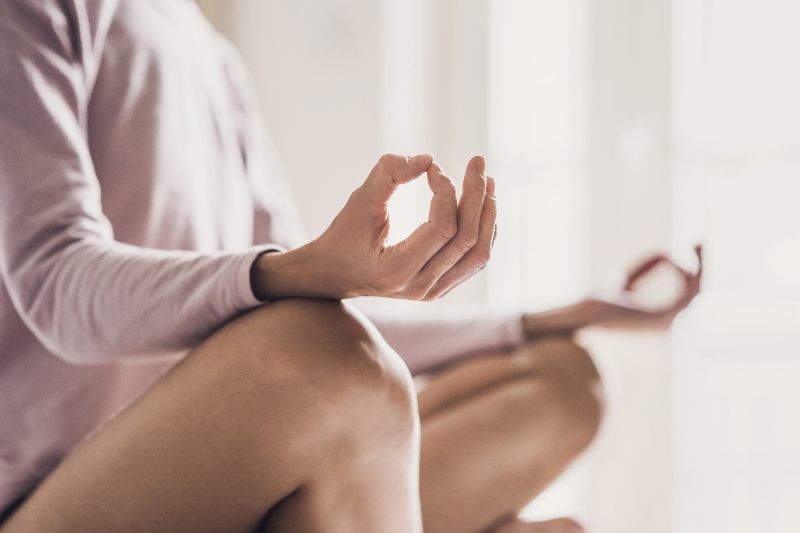
Step 2- Close Your Eyes And Start Breathing
After sitting comfortably you should gently close your eyes. Start concentrating on your breathing. There may be many thoughts distracting you but keep a track of your breath to build your concentration.
Slowly take a deep breath in. Feel the air entering your body as your lungs expand. Hold your breath for three to five seconds and very slowly release your breath. While breathing out, concentrate on your lungs contracting.
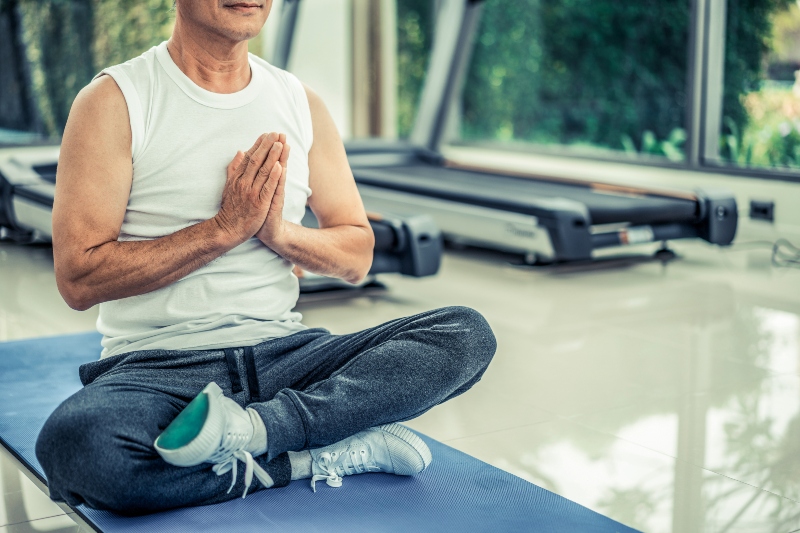
Step 3- Build Awareness
To keep your worries at bay and to relax completely you need to be more aware about your internal and external environment. First you should start by building awareness of your environment and then your body.
-
Your Surroundings-
While keeping your eyes closed and taking deeper breaths feel the wind and sounds around you. Feel the surface you are sitting on and the clothes you are wearing. Once you are aware of the external environment, bring your focus to what is inside you.
-
Your Body-
Introspecting means concentrating on the functioning of your body and mind. First, pay attention to your hands and legs. Then feel your heartbeat. Then concentrate on your emotions. Take note of the thoughts that affect you the most and gradually learn to move above them.
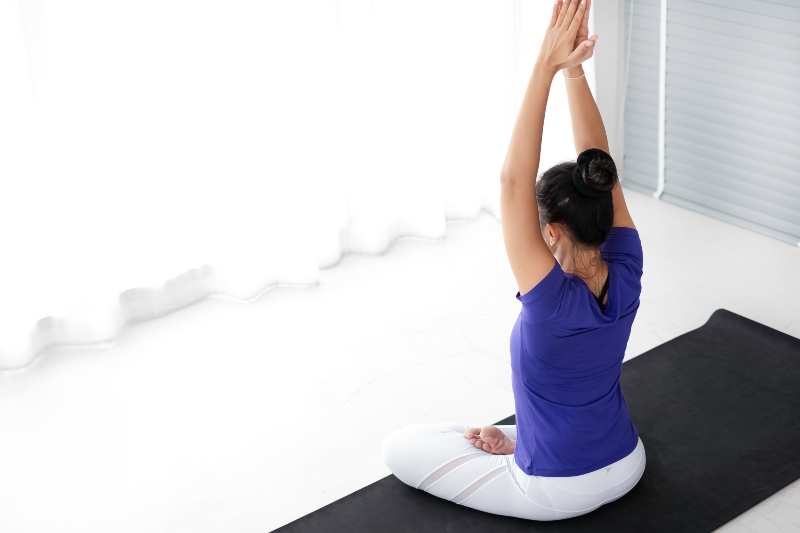
Step 4- End The Process Properly
While ending the meditation process you should start concentrating on your breathing. Let the sensations of your surrounding and your body stay with you and gently open your eyes. Stay silent for a few moments after meditating and then go back to your routine.
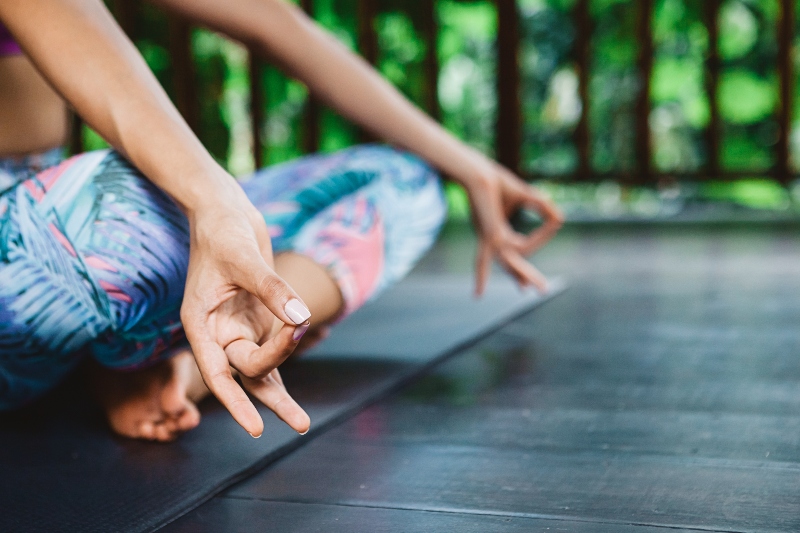
You might face difficulties at first as meditation can cure anxiety but it needs undivided concentration. With practice you should be able to meditate properly and feel the positive changes in your life. Learning about relaxation practices from wellness blogs can be really helpful in building sustainable habits.





 1800-270-7000
1800-270-7000


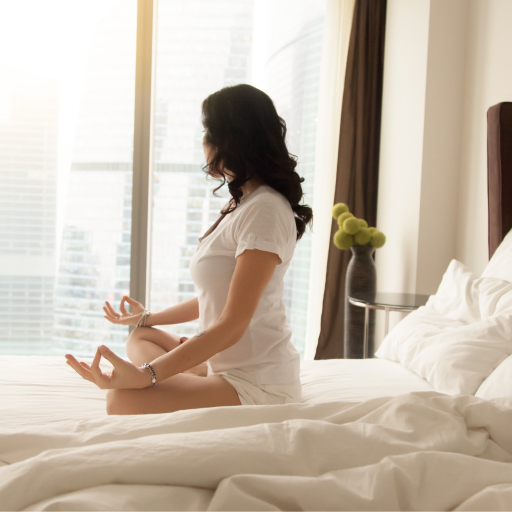
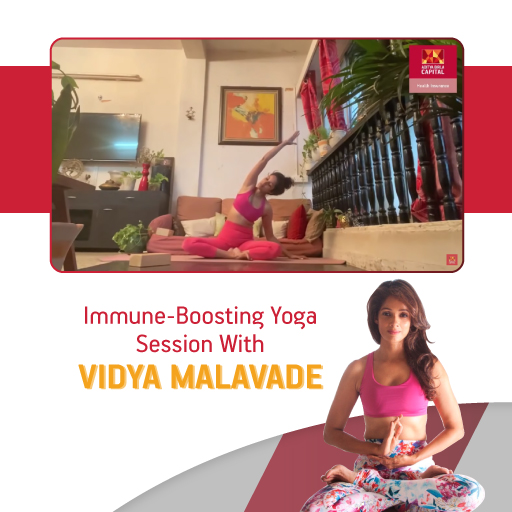
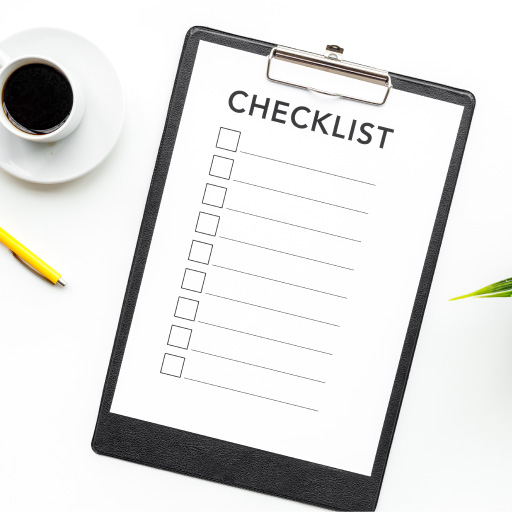
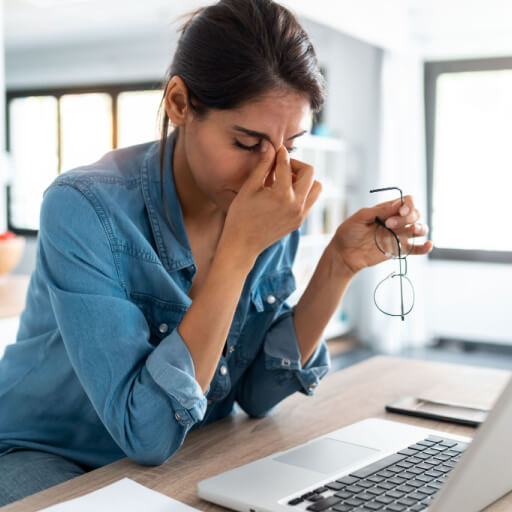
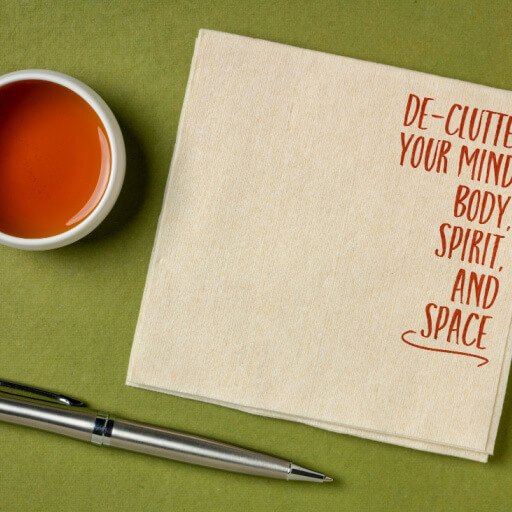
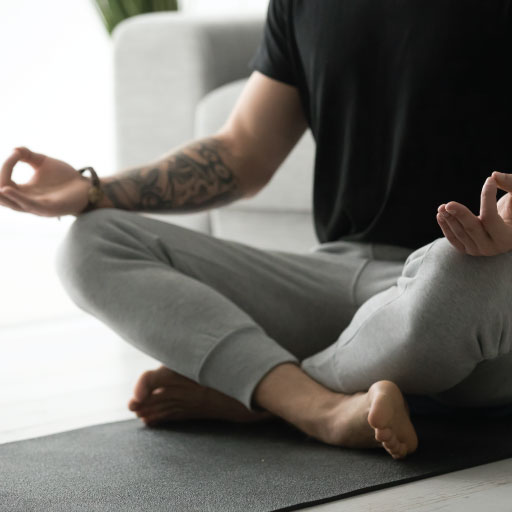




good message sir